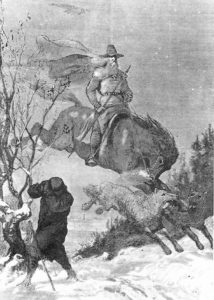Walpurgis Night and May Day
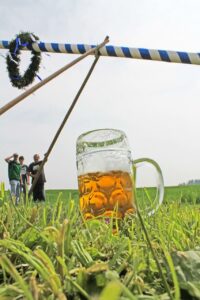 Walpurgis Night and May Day are two festivals that are steeped in pagan and Heathen traditions. People have celebrated them for centuries in various parts of Europe. These festivals mark the beginning of the summer season. Both pagans and Christians associate these holidays with fertility, growth, and renewal.
Walpurgis Night and May Day are two festivals that are steeped in pagan and Heathen traditions. People have celebrated them for centuries in various parts of Europe. These festivals mark the beginning of the summer season. Both pagans and Christians associate these holidays with fertility, growth, and renewal.
Let’s explore the history and significance of Walpurgis Night and May Day. BY doing so, we can learn how they relate to pagan and Heathen beliefs.
The History of Walpurgis Night
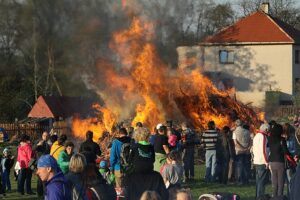
Walpurgis Night is a festival that is celebrated on the night of April 30th. It is named after Saint Walpurga, an 8th-century Christian missionary who was canonized by the Catholic Church for her work in converting pagans to Christianity.
However, we can trace back the origins of Walpurgis Night to pagan and Heathen traditions that predate Christianity. In pre-Christian times, the festival was known as Valpurgisnacht. People celebrated it as a time when the veil between the worlds of the living and the dead was at its thinnest.
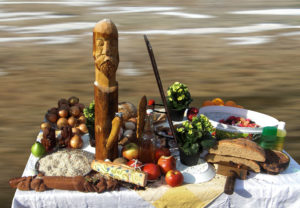 During Valpurgisnacht, people would light bonfires and leave offerings of food and drink for their ancestors and other spirits. They would also dress up in costumes and masks to scare away evil spirits.
During Valpurgisnacht, people would light bonfires and leave offerings of food and drink for their ancestors and other spirits. They would also dress up in costumes and masks to scare away evil spirits.
Over time, the festival became associated with witches and witchcraft. Unfortunately, literature and folklore depicted it as a time when witches would gather on Brocken, a mountain in Germany. There, they would hold a Sabbath and perform spells and other magical rituals.
May Day’s Significence
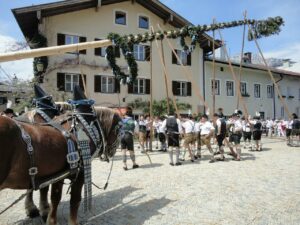 May Day, which is celebrated on May 1st, is another festival that has roots in pagan and Heathen traditions. The festival marks the beginning of the summer season, and people associate it with fertility, growth, and the renewal of life after the long winter months.
May Day, which is celebrated on May 1st, is another festival that has roots in pagan and Heathen traditions. The festival marks the beginning of the summer season, and people associate it with fertility, growth, and the renewal of life after the long winter months.
In pre-Christian times, people knew May Day as Beltane. Pagans celebrated it as a time when the nature spirits awoke from their winter slumber. During the festival, people would light bonfires and dance around a maypole, which was decorated with ribbons and flowers.
Beltane was also a time of fertility, and pagans believed that couples who spent the night together on Beltane would be blessed with fertility and good fortune. This belief is reflected in the May Day tradition of crowning a May Queen and a May King, who represent the union of male and female energies.
How Walpurgis Night and May Day relate to Pagan and Heathen Beliefs
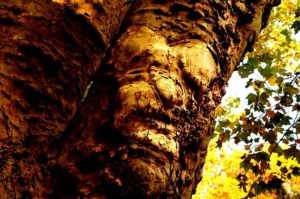 Walpurgis Night and May Day are both festivals that are steeped in pagan and Heathen beliefs. They show a deep reverence for nature and the cycles of life.
Walpurgis Night and May Day are both festivals that are steeped in pagan and Heathen beliefs. They show a deep reverence for nature and the cycles of life.
For pagans and Heathens, these festivals are an opportunity to connect with the natural world and to honor the spirits that inhabit it. They are also a time to celebrate the return of life and growth after the dark, cold winter months.
At the same time, Walpurgis Night and May Day are also an opportunity for us to reflect on the deeper spiritual meaning of these festivals. For pagans and Heathens, these festivals represent a time of spiritual renewal and transformation, a time when we can shed the old and embrace the new.
A Special Reverence for Nature
Walpurgis Night and May Day are two festivals that have been celebrated for centuries, and they continue to hold deep spiritual significance for pagans and Heathens today. These festivals are an opportunity to connect with the natural world, to honor our ancestors and other spirits, and to celebrate the renewal of life and growth that comes with the arrival of the summer season.
Whether you’re a pagan, Heathen, or simply someone who appreciates the beauty and power of nature, Walpurgis Night and May Day are festivals that are worth exploring and celebrating. By honoring these traditions, we can deepen our connection to the natural world and to the deeper spiritual forces that shape our lives.
—
Did you know you can become my patron for as little as $5 a month? This entitles you to content not posted anywhere else. Plus you get to see posts like this three days before the public! Without patrons, I’d be having a very hard time keeping this blog going. Become a patron today!Become a Patron!
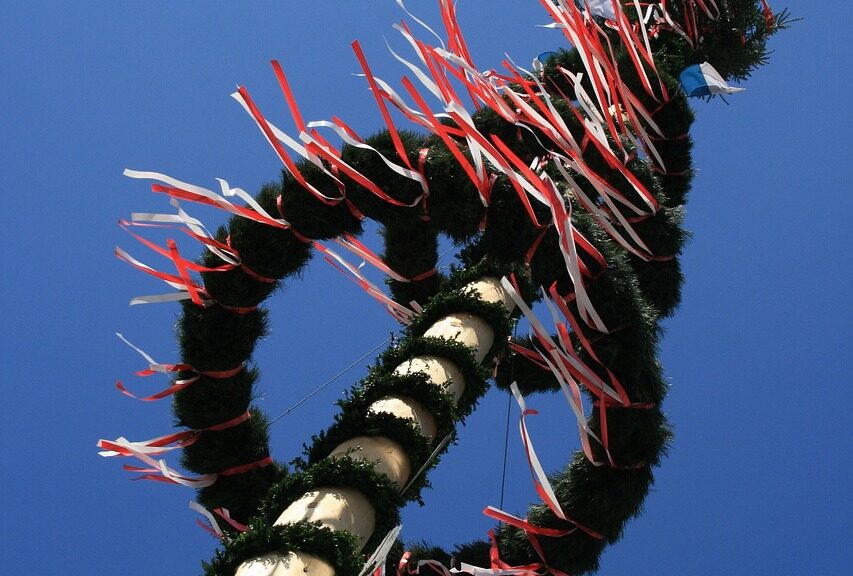
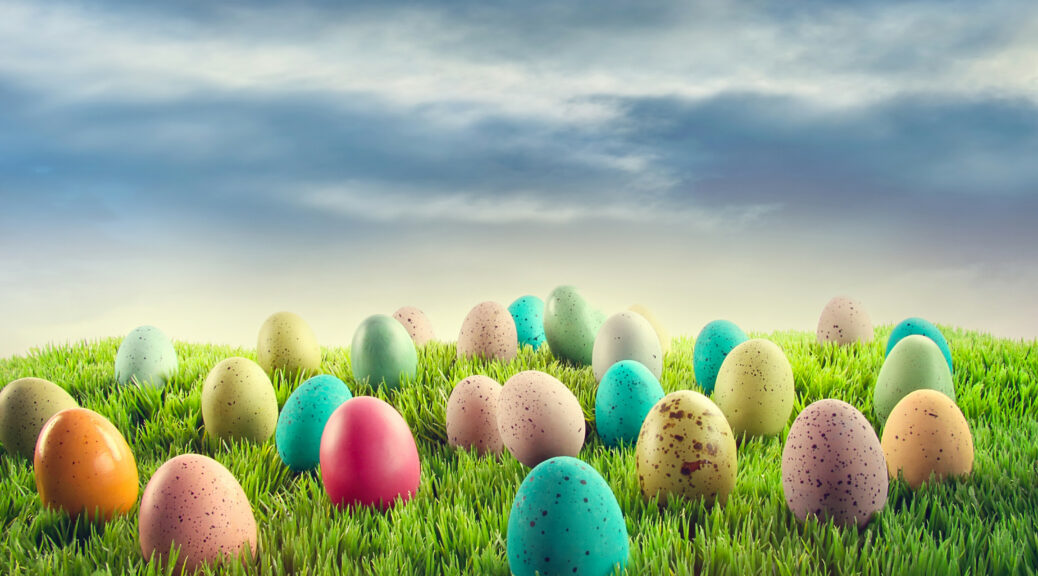
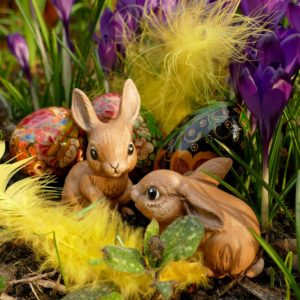 All right, buckle up, fellow pagans and Heathens, because it’s time to talk about the elephant in the room: Easter. You know, that holiday where Christians celebrate the resurrection of their lord and savior Jesus Christ by painting eggs, eating chocolate bunnies, and hiding baskets of treats for their kids? Yeah, that one.
All right, buckle up, fellow pagans and Heathens, because it’s time to talk about the elephant in the room: Easter. You know, that holiday where Christians celebrate the resurrection of their lord and savior Jesus Christ by painting eggs, eating chocolate bunnies, and hiding baskets of treats for their kids? Yeah, that one.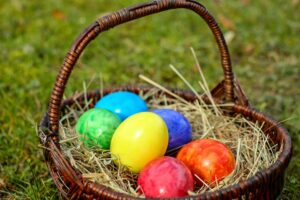 Let’s start with the name itself: Easter. You might be surprised to learn that it’s actually named after a pagan goddess, Eostre (or Ostara), who was worshipped by the Germanic peoples of Europe. She was associated with the spring equinox, fertility, and new beginnings – which makes sense, considering that spring is the time when the world wakes up from its winter slumber and everything starts to bloom and grow again.
Let’s start with the name itself: Easter. You might be surprised to learn that it’s actually named after a pagan goddess, Eostre (or Ostara), who was worshipped by the Germanic peoples of Europe. She was associated with the spring equinox, fertility, and new beginnings – which makes sense, considering that spring is the time when the world wakes up from its winter slumber and everything starts to bloom and grow again.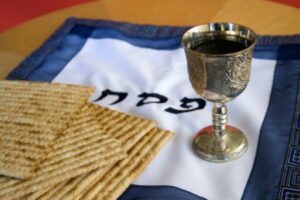
 But let’s move on to some of the more tangible trappings of Easter. Eggs, for example. The egg is a potent symbol of fertility and new life in many cultures. Eggs have been used in springtime celebrations for thousands of years.
But let’s move on to some of the more tangible trappings of Easter. Eggs, for example. The egg is a potent symbol of fertility and new life in many cultures. Eggs have been used in springtime celebrations for thousands of years. Let’s now look at the Easter bunny. This fluffy little creature has nothing to do with the resurrection of Jesus Christ, but everything to do with the pagan celebration of spring. In Germanic folklore, the hare was associated with the goddess Ēostre, and was seen as a symbol of fertility and new life. The tradition of the Easter bunny laying eggs (yes, you read that right) is thought to have originated in Germany, where children would make nests for the hare to lay its eggs in.
Let’s now look at the Easter bunny. This fluffy little creature has nothing to do with the resurrection of Jesus Christ, but everything to do with the pagan celebration of spring. In Germanic folklore, the hare was associated with the goddess Ēostre, and was seen as a symbol of fertility and new life. The tradition of the Easter bunny laying eggs (yes, you read that right) is thought to have originated in Germany, where children would make nests for the hare to lay its eggs in.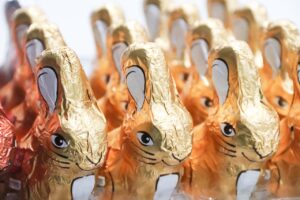
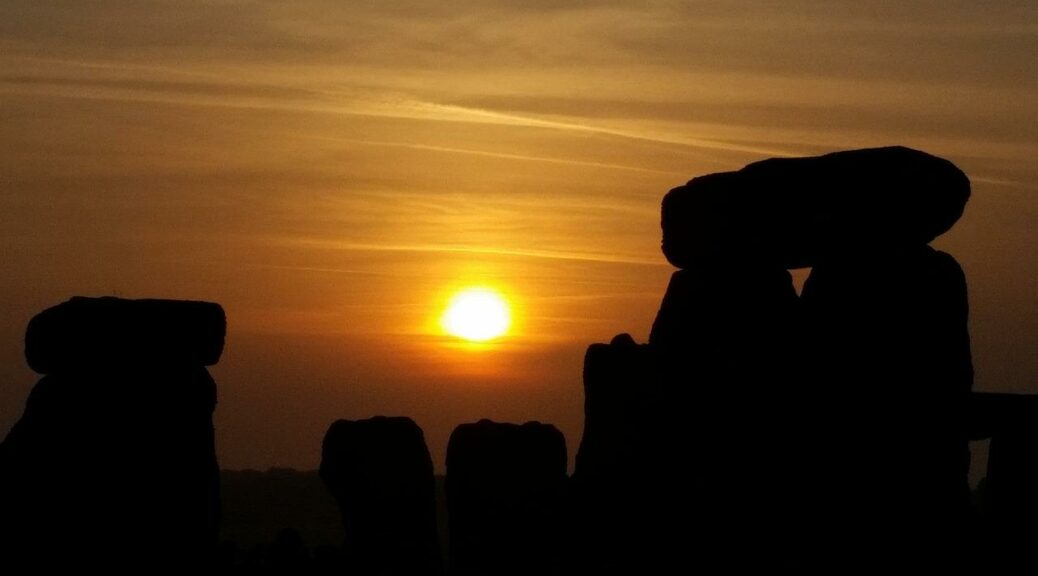
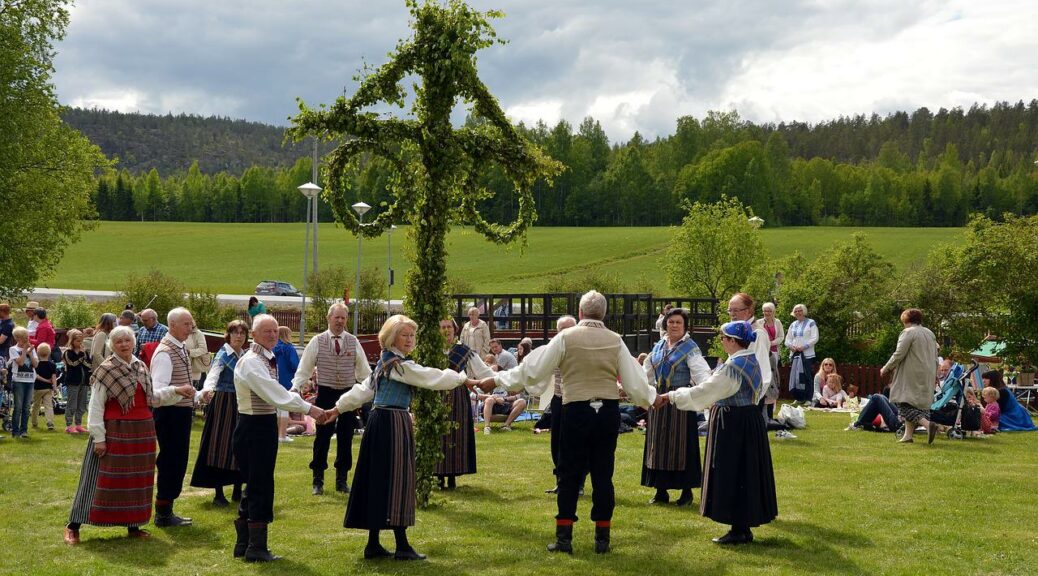
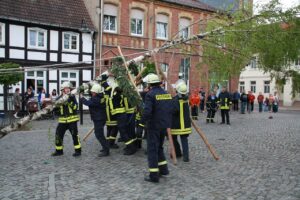
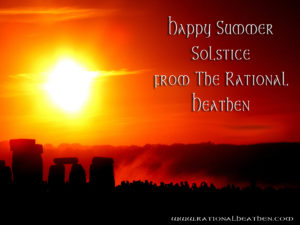 As Heathens, we tend to celebrate the solstice rather than Beltane. The summer solstice marks the longest daylight hours, and the ongoing darkness. After the summer solstice, daylight starts waning. In the North, it can be very obvious. In the North, our ancestors tended to think in terms of Winter and Summer. The rest of it was simply transitional times, with special events marked, such as Harvest and
As Heathens, we tend to celebrate the solstice rather than Beltane. The summer solstice marks the longest daylight hours, and the ongoing darkness. After the summer solstice, daylight starts waning. In the North, it can be very obvious. In the North, our ancestors tended to think in terms of Winter and Summer. The rest of it was simply transitional times, with special events marked, such as Harvest and 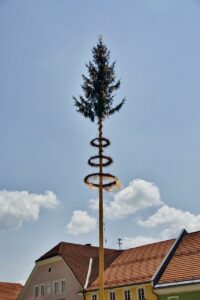
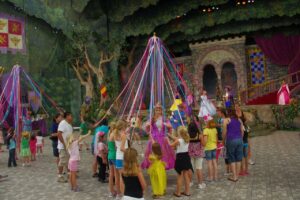
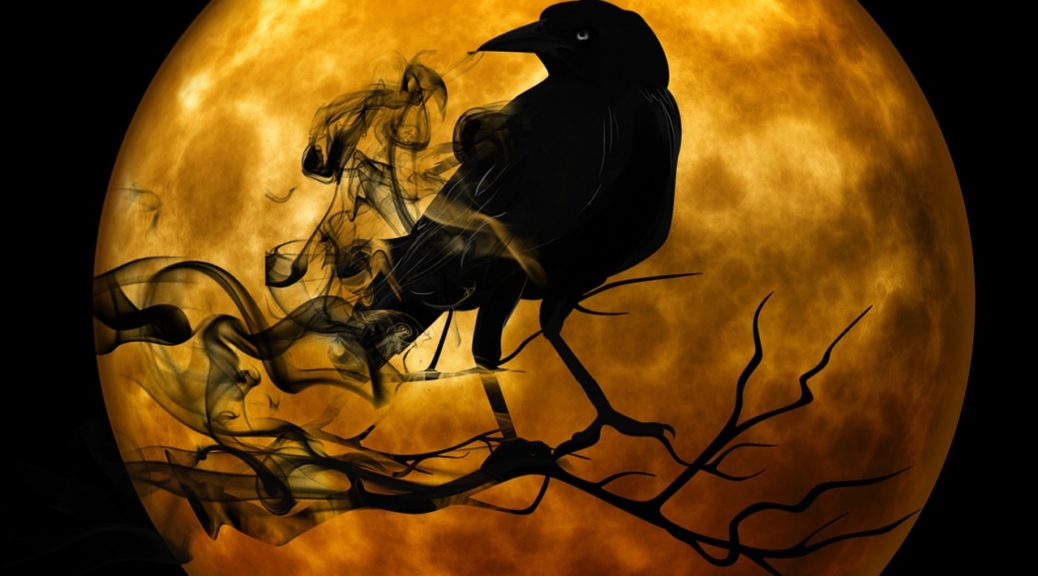
 Welcome to Halloween 2021. If you’re new to this blog, you may not be aware that I am not the Samhain/ Halloween kind of person. BUT, I understand that a number of you are, so with that in mind, check out my blogs on Halloween.
Welcome to Halloween 2021. If you’re new to this blog, you may not be aware that I am not the Samhain/ Halloween kind of person. BUT, I understand that a number of you are, so with that in mind, check out my blogs on Halloween.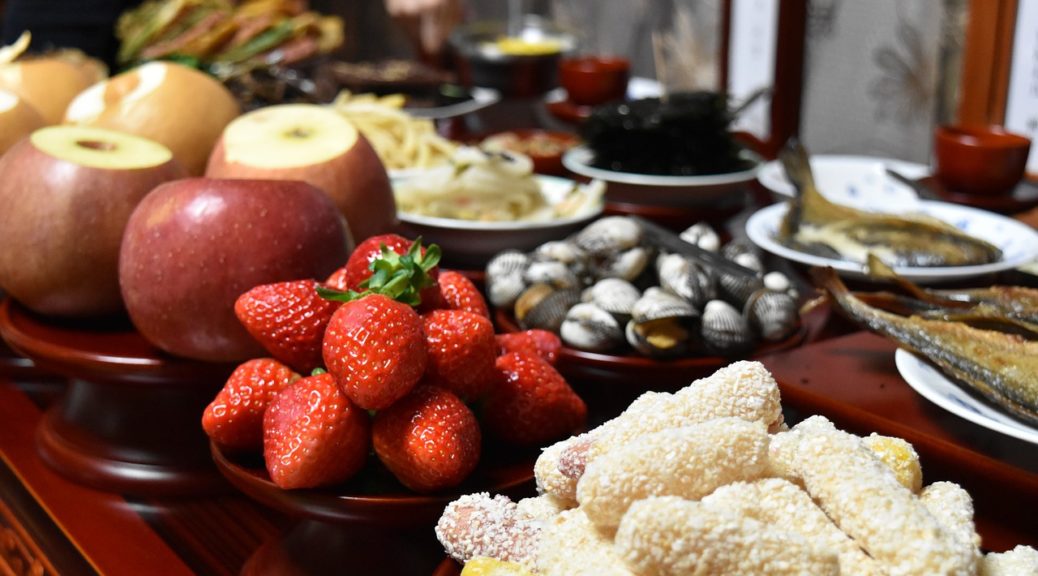
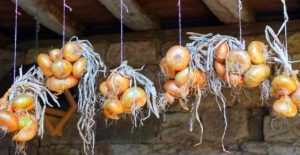 Here in the Northern Rockies, harvest is in full swing. Lots of peppers, corn, beans, potatoes, melons, and pumpkins fill the farmer’s markets. Inevitably, that means food banks get a ridiculous amount of produce donated from local farms.
Here in the Northern Rockies, harvest is in full swing. Lots of peppers, corn, beans, potatoes, melons, and pumpkins fill the farmer’s markets. Inevitably, that means food banks get a ridiculous amount of produce donated from local farms. 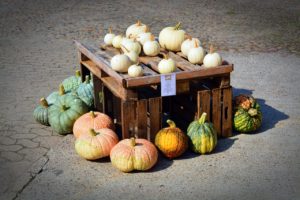 I won’t bore you with my shopping experience, but suffice to say, most of the food had been picked over early. That being said, as I waited, stuff that I actually needed appeared and I was able to bring home a lot of good stuff.
I won’t bore you with my shopping experience, but suffice to say, most of the food had been picked over early. That being said, as I waited, stuff that I actually needed appeared and I was able to bring home a lot of good stuff.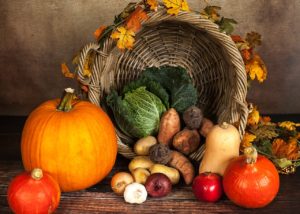 Our ancestors needed to prepare for the lean winter months. That required them to pay attention to the harvest. Harvest was a time when everyone worked, from the highest thegn to the lowest slave. Landowners at least had to supervise the harvest and keep track of everything being done, if they wanted it done correctly. Women and children had to help process the food to ensure it was properly preserved.
Our ancestors needed to prepare for the lean winter months. That required them to pay attention to the harvest. Harvest was a time when everyone worked, from the highest thegn to the lowest slave. Landowners at least had to supervise the harvest and keep track of everything being done, if they wanted it done correctly. Women and children had to help process the food to ensure it was properly preserved.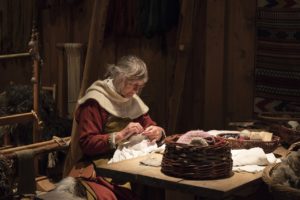 If you were a lord, you might have delegated oversight to trusted men or women, but this depended on how much land you owned, what time in history you lived, and how big your kindred was. Remember, kindreds were basically extended family. There might be people whom you had no famillial ties within your village, but they and their families had some positive aspects for being considered part of your kindred.
If you were a lord, you might have delegated oversight to trusted men or women, but this depended on how much land you owned, what time in history you lived, and how big your kindred was. Remember, kindreds were basically extended family. There might be people whom you had no famillial ties within your village, but they and their families had some positive aspects for being considered part of your kindred. Winter, for all its beauty and majesty, could be a very brutal time for kindreds. Basically if you didn’t have the food saved, you were shit out of luck. Sure, there was game and fish to be had–assuming you could break a hole in the ice or find game in the snow–but other than your livestock and your food stores, that was it when it came to edible foods. The northern hemisphere was retreating into darkness, culminating in the solstice where the light returned.
Winter, for all its beauty and majesty, could be a very brutal time for kindreds. Basically if you didn’t have the food saved, you were shit out of luck. Sure, there was game and fish to be had–assuming you could break a hole in the ice or find game in the snow–but other than your livestock and your food stores, that was it when it came to edible foods. The northern hemisphere was retreating into darkness, culminating in the solstice where the light returned. 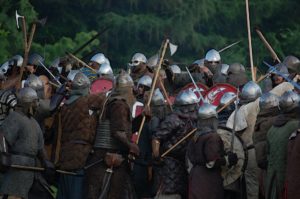 The gods help you if you had raiders, thieves, pests, or a bad harvest. There’s a reason why our ancestors were good warriors. They had to be. Not only did they raid other peoples for their treasures, but they also had to defend their homes against other raiders. Losing your food was a death sentence, unless you somehow procured more. This is why it was so important to be part of a kindred and not an outlaw. Outlaws didn’t have the safety of a kindred.
The gods help you if you had raiders, thieves, pests, or a bad harvest. There’s a reason why our ancestors were good warriors. They had to be. Not only did they raid other peoples for their treasures, but they also had to defend their homes against other raiders. Losing your food was a death sentence, unless you somehow procured more. This is why it was so important to be part of a kindred and not an outlaw. Outlaws didn’t have the safety of a kindred.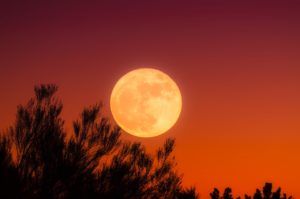 Now with the harvest almost completed, we modern day Heathens can look to have a harvest festival now. Maybe it’s winter finding, Alfarblot, or Samhain for you. Maybe you just want to celebrate Harvest. That’s perfectly acceptable. Maybe you’ve had a rough year and need something to look forward to. Maybe you had a good year and need to celebrate it. As a Heathen, the second harvest festival seems like a good idea.
Now with the harvest almost completed, we modern day Heathens can look to have a harvest festival now. Maybe it’s winter finding, Alfarblot, or Samhain for you. Maybe you just want to celebrate Harvest. That’s perfectly acceptable. Maybe you’ve had a rough year and need something to look forward to. Maybe you had a good year and need to celebrate it. As a Heathen, the second harvest festival seems like a good idea.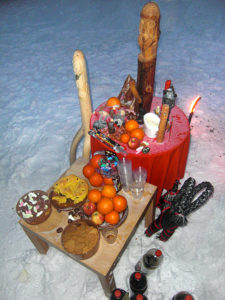 Our ancestors celebrated a holiday known as Alfarblot. It was to remember our male ancestors. When it was celebrated exactly, we don’t know, but I seem to recall it could have been in the fall or the winter. Choosing to remember our male ancestors during the second harvest festival seems appropriate. So, if you want to celebrate Alfarblot around Halloween or Samhain, that’s perfectly okay. I like to think of it around the beginning of November, but anytime around Halloween is fine. Seeing as we really don’t know all the holidays from the past, we can celebrate it in the spirit as it was intended.
Our ancestors celebrated a holiday known as Alfarblot. It was to remember our male ancestors. When it was celebrated exactly, we don’t know, but I seem to recall it could have been in the fall or the winter. Choosing to remember our male ancestors during the second harvest festival seems appropriate. So, if you want to celebrate Alfarblot around Halloween or Samhain, that’s perfectly okay. I like to think of it around the beginning of November, but anytime around Halloween is fine. Seeing as we really don’t know all the holidays from the past, we can celebrate it in the spirit as it was intended. Harvest is a time for celebration of the foods we’ve received from our farmers, but more importantly, the Earth. Just think how our lives would be different if we couldn’t grow fruits and vegetables. As a species, we all might still be hunter/gatherers. Or maybe we wouldn’t even exist because the carrying capacity of the land wouldn’t be able to support so many humans.
Harvest is a time for celebration of the foods we’ve received from our farmers, but more importantly, the Earth. Just think how our lives would be different if we couldn’t grow fruits and vegetables. As a species, we all might still be hunter/gatherers. Or maybe we wouldn’t even exist because the carrying capacity of the land wouldn’t be able to support so many humans.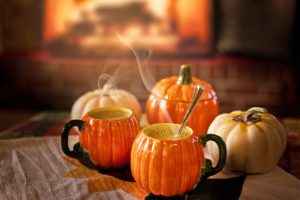 If you’re looking for ways to celebrate the harvest, here are some tips:
If you’re looking for ways to celebrate the harvest, here are some tips: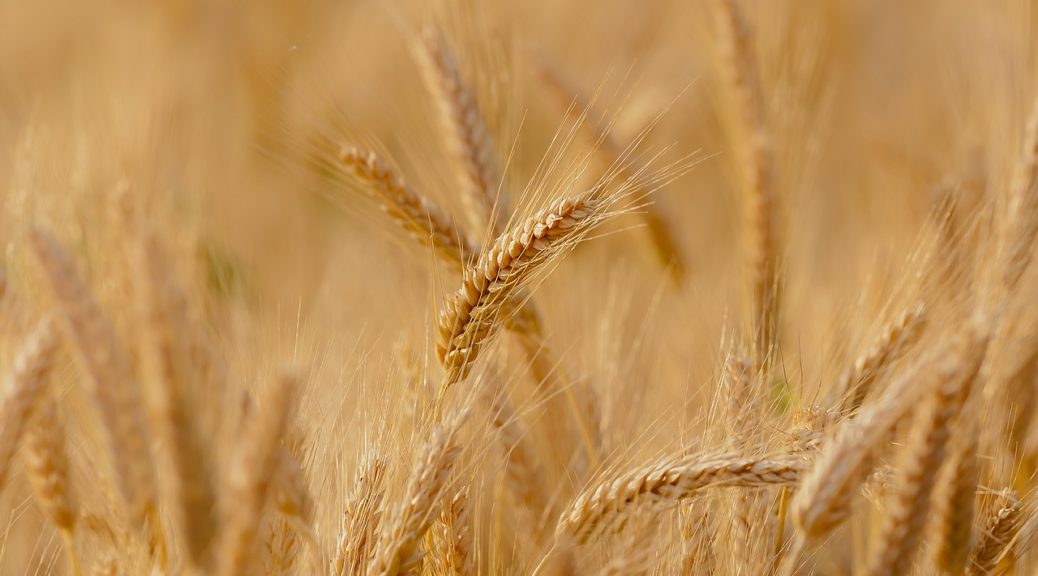
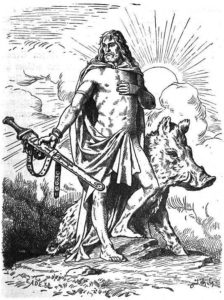 We’re coming up on August 1st, which is the August Harvest Festival, Hlæfæst. It’s also known to most modern pagans as Lammas. If you’re still using the AFA Holiday wheel-of-the-year, it’s called
We’re coming up on August 1st, which is the August Harvest Festival, Hlæfæst. It’s also known to most modern pagans as Lammas. If you’re still using the AFA Holiday wheel-of-the-year, it’s called  Although Lammas celebrates a god from the Celtic pantheon, there’s no reason why we can’t appropriate it and call it Hlæfæst. Hlæfæst celebrates the grain harvest, which honors Sif, Thor, Freyr, and Freyja. Rather than just honor Freyr with Freyfaxi, I think honoring four gods and goddesses is better because these are the gods who make the grain grow. It makes sense to give thanks to them.
Although Lammas celebrates a god from the Celtic pantheon, there’s no reason why we can’t appropriate it and call it Hlæfæst. Hlæfæst celebrates the grain harvest, which honors Sif, Thor, Freyr, and Freyja. Rather than just honor Freyr with Freyfaxi, I think honoring four gods and goddesses is better because these are the gods who make the grain grow. It makes sense to give thanks to them.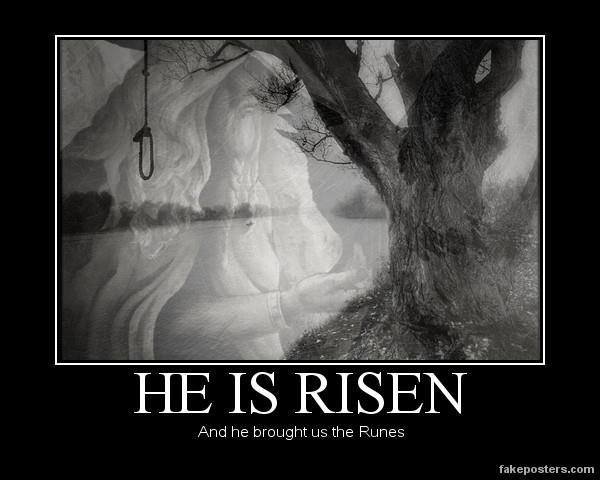
 Every year about this time, Heathens, pagans, and those who don’t celebrate the Christian holiday of Easter are quick to point out that Easter isn’t a Christian holiday; yours truly included. But I do wish to address Easter as a Christian holiday, even if it has taken its name and customs from pagan celebrations.
Every year about this time, Heathens, pagans, and those who don’t celebrate the Christian holiday of Easter are quick to point out that Easter isn’t a Christian holiday; yours truly included. But I do wish to address Easter as a Christian holiday, even if it has taken its name and customs from pagan celebrations. Now, before we go into all the pagan traditions surrounding Easter, I’m going to point out that despite my dislike of Christianity and its destruction of paganism, pagans can only superficially claim Easter because it is around the Vernal Equinox. The whole fairy tale of the “purportedly magic Jew” rising from the dead after being crucified is more or less their shtick. It happens around the time of Passover, which is based on the Book of Exodus in the Bible.
Now, before we go into all the pagan traditions surrounding Easter, I’m going to point out that despite my dislike of Christianity and its destruction of paganism, pagans can only superficially claim Easter because it is around the Vernal Equinox. The whole fairy tale of the “purportedly magic Jew” rising from the dead after being crucified is more or less their shtick. It happens around the time of Passover, which is based on the Book of Exodus in the Bible.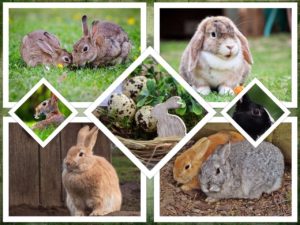 are ingrained in our psyches. But it is a Christian story. Why? Because it doesn’t quite mimic any other pagan myth out there.
are ingrained in our psyches. But it is a Christian story. Why? Because it doesn’t quite mimic any other pagan myth out there. Sure, Easter took on the pagan trappings of Eostre/Ostara. No bunnies were visiting Christ on the cross, as far as we know. And while eggs are purported to be the symbol of rebirth among the Jewish peoples, I haven’t done enough research into that to back that up. But you can read about my opinions,
Sure, Easter took on the pagan trappings of Eostre/Ostara. No bunnies were visiting Christ on the cross, as far as we know. And while eggs are purported to be the symbol of rebirth among the Jewish peoples, I haven’t done enough research into that to back that up. But you can read about my opinions, 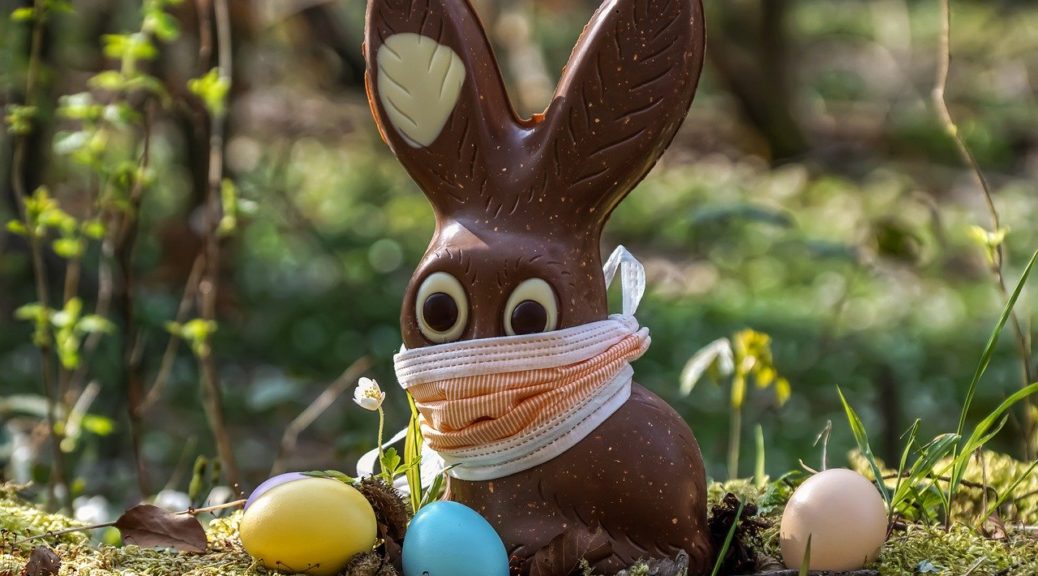


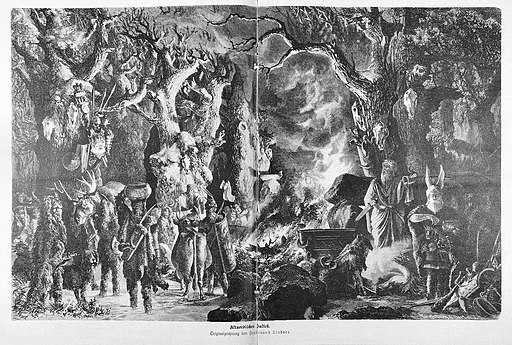
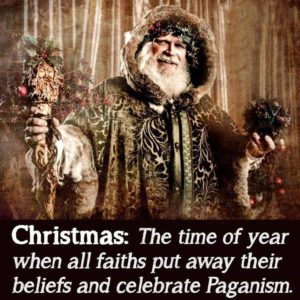 good. But maybe you want to read about Yule from your Internet curmudgeon and rabble-rouser (That would be me). Seeing as this blog gets the most hits on winter solstice, I’ve finally wizened-up and will post more about Yule.
good. But maybe you want to read about Yule from your Internet curmudgeon and rabble-rouser (That would be me). Seeing as this blog gets the most hits on winter solstice, I’ve finally wizened-up and will post more about Yule.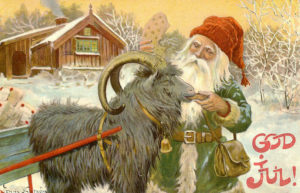 We know that the Germanic peoples celebrated Yule at least as early as the 4th Century. Yule was typically held for 12 days, usually starting around the solstice. In the Norse calendar, the month of Yule was known as Ýlir. One of Odin’s many names is Jólnir (Yule-person), which has a the root Jól Yule), thus the association with Yule. During this time, Odin was said to lead the Wild Hunt through Midgard. In some places, children would leave hay in their stockings or shoes for Sleipnir and Odin would return the favor by leaving candy or presents. Yeah, it’s true:
We know that the Germanic peoples celebrated Yule at least as early as the 4th Century. Yule was typically held for 12 days, usually starting around the solstice. In the Norse calendar, the month of Yule was known as Ýlir. One of Odin’s many names is Jólnir (Yule-person), which has a the root Jól Yule), thus the association with Yule. During this time, Odin was said to lead the Wild Hunt through Midgard. In some places, children would leave hay in their stockings or shoes for Sleipnir and Odin would return the favor by leaving candy or presents. Yeah, it’s true: 